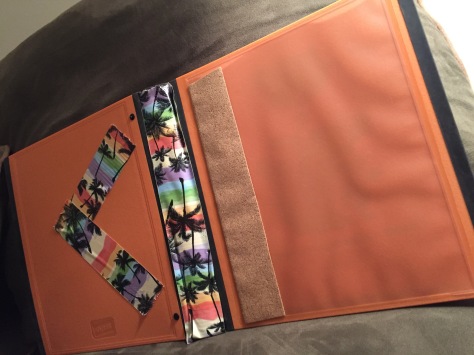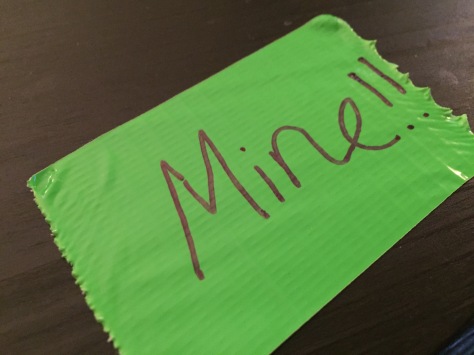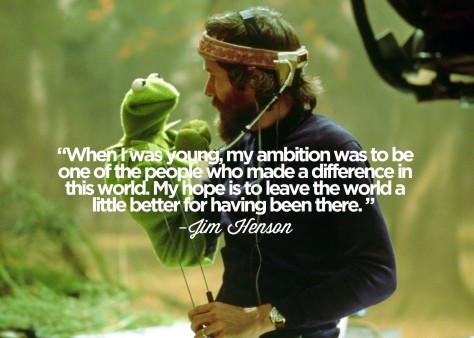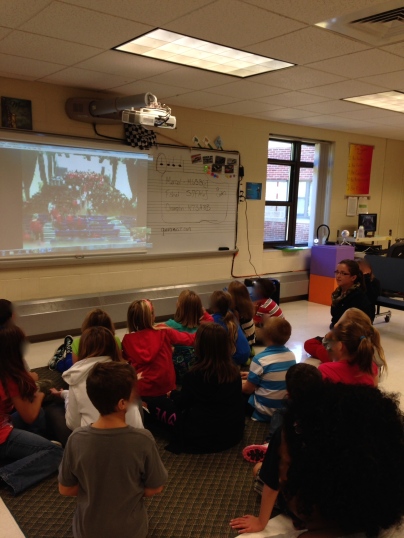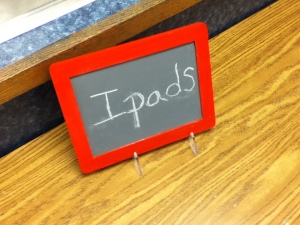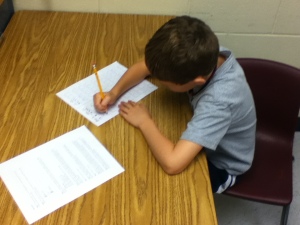Has it really been a whole month since I’ve posted? Wow I’ve got to get back on schedule. It’s been a whole lot of travel, grad class work, and real work. Life huh?
So as I’ve been traveling around my mind has constantly gone back to best ways to show student progress. How can we step away from number and letter grades and truly show student growth through physical product and having students actually demonstrate learned skills? Let’s face it, an A, a 4 or even a 99 doesn’t mean much when you try your hand at the real world. Its the skills you’ve mastered and the things you’ve done that truly count and what students should be striving for.
How does this translate into music? One of the rebels standing up for performance and demonstrating ability rather than stamping a grade on creativity. Easy, taking those performance opportunities, those composition activities, and even the small victories in class and archiving them. Taking those curriculum standards and create phrases like “I can” statements or status markers and connect those statements and markers to the archived moments.
For Example: Timmy videoed himself singing a “Do Re Mi” pattern. He showed mastery of the skill so in his portfolio he has that video with a statement “I Can Sing Do Re Mi On Pitch”
Imagine showing that to the parents/family instead of an A on a piece of paper? Means so much more. Also showing them products students created in class.Many website creatives now offer the ability to email parents while they are at work. Shows them in real time what their students are accomplishing, and you can save and store most of it when it comes time for report cards.
Top 3 things I can always put into a portfolio of student work:
1.) Videos of performances: They are already showing their mastery of a concept while performing it to a crowd, video it and archive it for their portfolio showing off their hard work. This also goes with taping in class performances and such.
2.) Recordings: Do you know how easy it is to whip out a recorder and carry it around the room with you as the class practices their songs or does their warmups. You can do it as a class or have them say their name as you go around and continue singing of playing. Soundcloud was always a favorite recorder app because I could record and instantly share.
3.) Compositions: There are so many composition tools out there now thanks to the World Wide Web, have students show their knowledge by creating and composing and then save their work to put away for later. Stuff like the Quaver Creatives or Incredibox are perfect examples of this.
Need some ideas of programs to keep student work? Check these out:
Three Ring – Awesome app that allows you to capture right there in the moment!
GDrive– A lot of schools now are Google schools and have access to GDrive easy and free!
Evernote– My favorite. Can be synced from any device and holds a lot of portfolio artifacts.
If you could throw out grades, how would you document student growth?
 3.) Hanging Posters
3.) Hanging Posters


